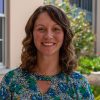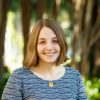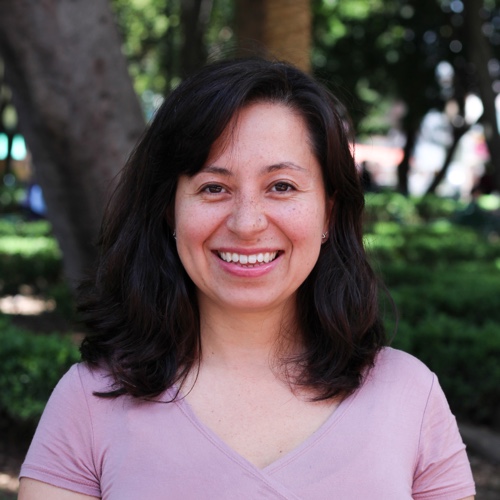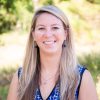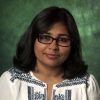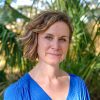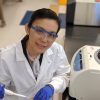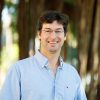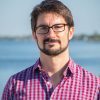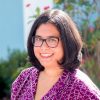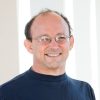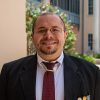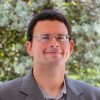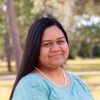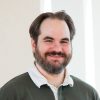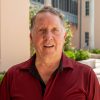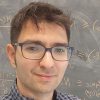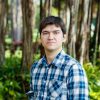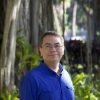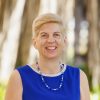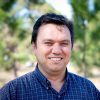The natural sciences seek to shed light on the rules that govern the natural world by using empirical and scientific methods. Although mathematics and computational science may not be considered natural sciences per se, they provide critical insight and many tools used within the natural sciences.
The Heiser Natural Sciences Complex includes teaching and undergraduate research labs for chemistry, biology, computational science, physics and mathematics.
There is a greenhouse, herbarium and sampling equipment for field ecology. Our newest facility is a Nanotechnology Lab to study the properties of tiny structures used in cutting-edge technologies for the computer, robotic, medical and optical communication fields.
The Pritzker Marine Biology Research Center houses over 100 aquaria and features student and faculty research laboratories, classrooms and office space for New College’s marine biology program. Each tank in the Living Ecosystem Teaching and Research Aquarium features a different captive ecosystem, several with a camera to send images to a streaming video server. Underneath the building, an additional 10,000 square feet of space provides room for quarantine, storage, and the system that supplies seawater to the facility’s aquaria and labs.
Natural Sciences Division AOCs
Natural Sciences Faculty & Staff
